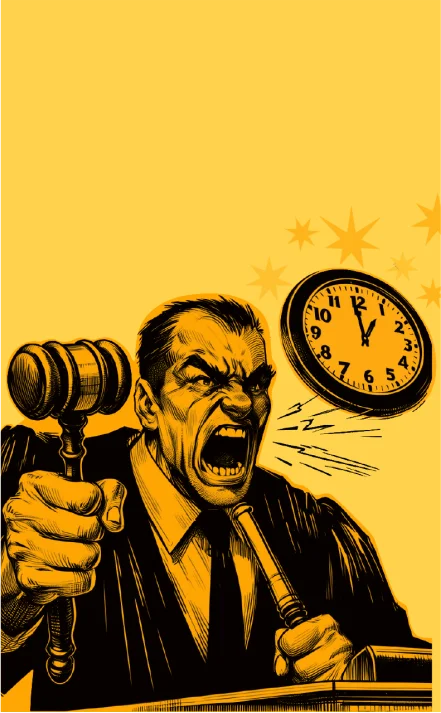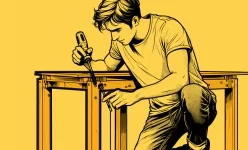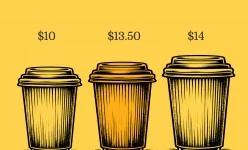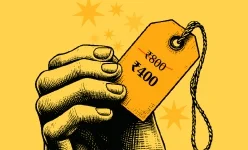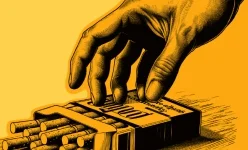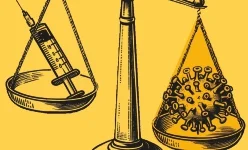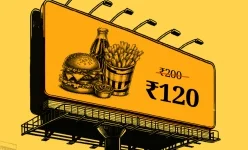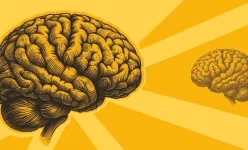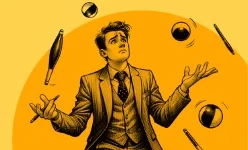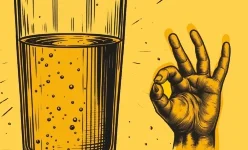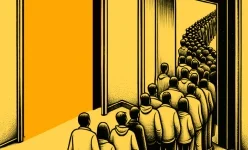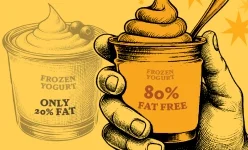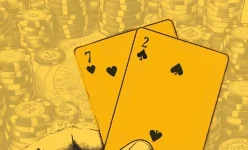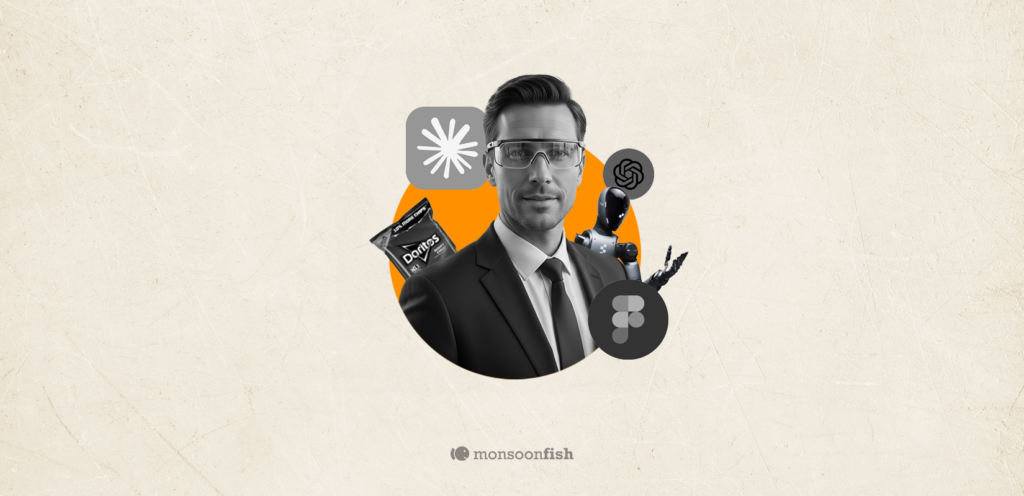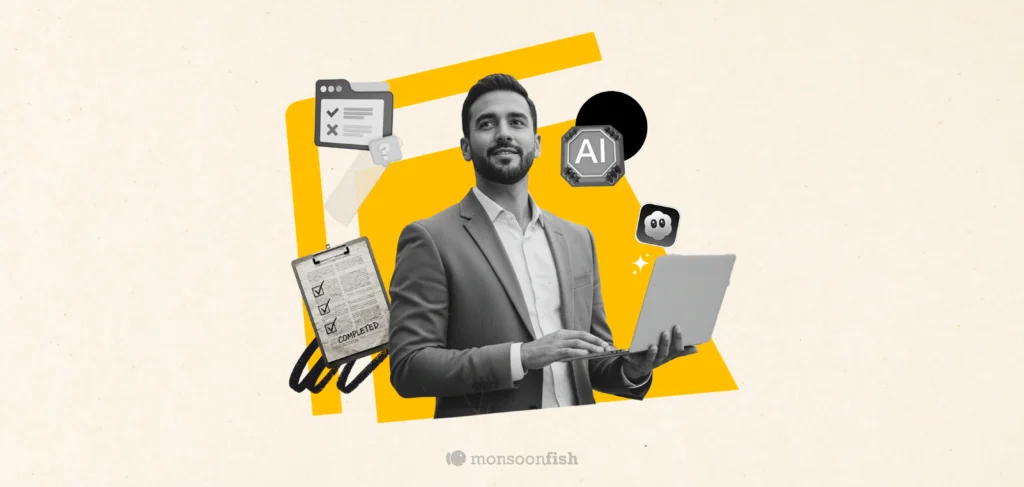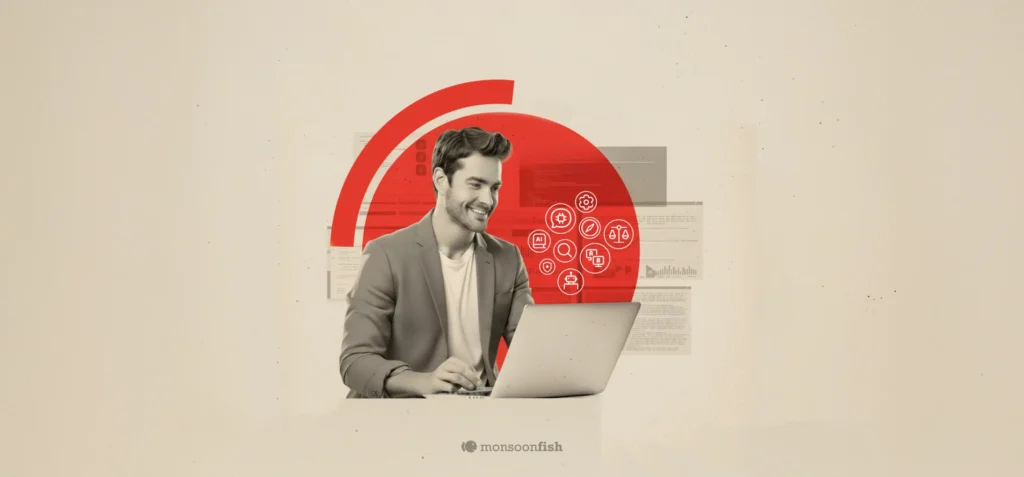Current Mood Bias
It is a distortion in cognition and decision making due to the present emotional state.

Current Mood Bias
It was a chilly Saturday afternoon when Jake decided to treat himself. He had been working long hours all week, and a friend’s invitation to a weekend getaway seemed like the perfect way to unwind. After a long week filled with stressful meetings, Jake felt drained and a bit irritable. However, after hearing about the trip, his mood lifted. He imagined the fresh air, nature, and time away from work. Feeling rejuvenated by the thought, he immediately booked the trip, convinced it would be the escape he needed.
Two days later, Jake’s mood took a turn for the worse. He woke up to a series of emails requiring urgent attention, and the project he was working on had hit an unexpected snag. What had seemed like the perfect getaway in the moment now felt like an inconvenient distraction. The thought of taking time off from his responsibilities seemed irresponsible, and suddenly, he was questioning whether he had made the right choice.
When Jake arrived at the cabin, he felt tense and anxious, unable to shake the nagging feeling of unfinished business. The trip, which he had initially looked forward to, felt like an added stress.
This situation highlights the current mood bias. Jake’s decision to book the trip was influenced by his emotional state at the time—feeling the need for a break after a tough week. However, once his mood shifted, the same decision seemed less appealing. His emotional state had significantly impacted how he perceived the getaway, highlighting how our feelings in the moment can sometimes lead to decisions that we later regret.
Contents
CATEGORIES
